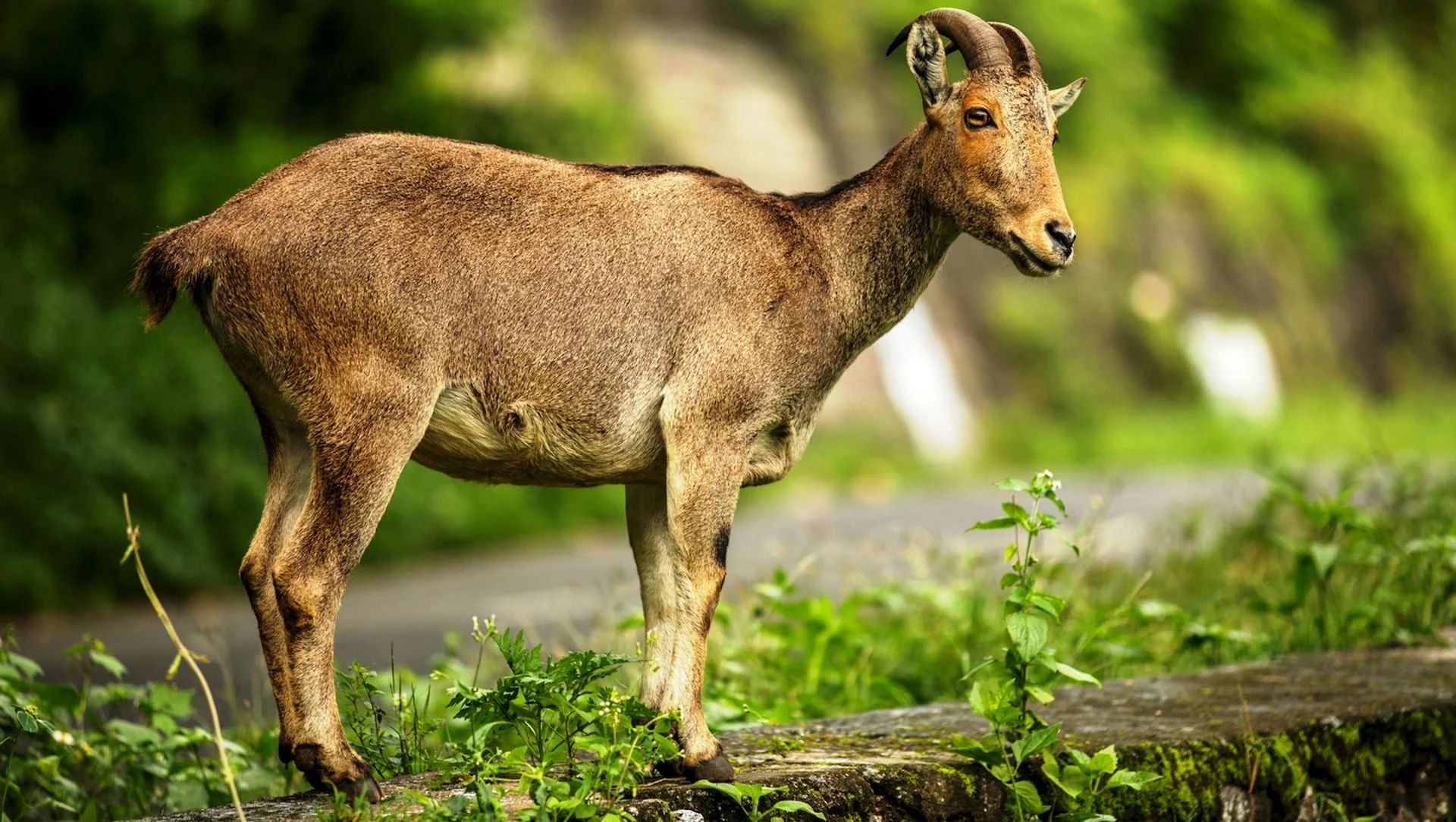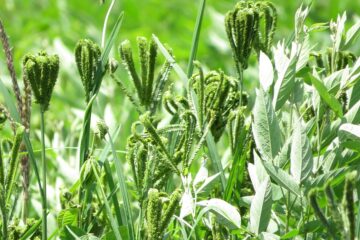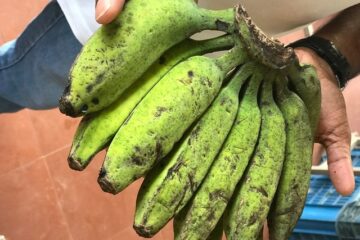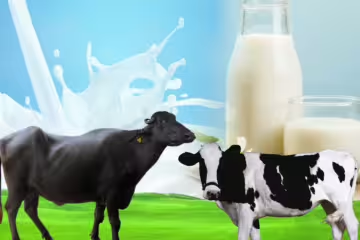Published: October 2017
The Nilgiri Tahr, our state animal, is on the brink of extinction. Mountains are its natural habitat, but due to human encroachment, this species is now endangered. As humans increasingly claim the Earth for themselves, many species of animals and birds have vanished. Similarly, human encroachment into the habitat of the Nilgiri Tahr is causing its numbers to dwindle. This article explores ways to protect this species.
The Nilgiri Tahr, also known as the Nilgiri Ibex, is native to the Western Ghats. It thrives on mountain peaks above 4,000 feet. One of the most endangered species, it is found only in specific areas of Tamil Nadu and Kerala. The name ‘varai’ signifies mountain or hill, and ‘adu’ means goat.
Nilgiri Tahr in Tamil Literature
The presence of the Nilgiri Tahr in Tamil Nadu and its mountain life is documented in ancient Tamil literature. For example, the text ‘Civaka Cintamani’ mentions it. The songs of Madurai Kandaradithan refer to the Nilgiri Tahr eating gooseberries. The word ‘varudai’ in ‘Natrinai’ refers to the Nilgiri Tahr. Additional references to this animal can be found in ‘Ainkurunooru’, ‘Pattinappalai’, ‘Pathitrupathu’, and ‘Paripadal’.
Physical Characteristics
Among wild goats, the Nilgiri Tahr is one of the largest. It is slightly larger than the Himalayan Tahr found in India. Male Nilgiri Tahr are twice as heavy as females. Mature males exhibit sexual dimorphism, with males and females differing in physical appearance. Females and young males have a yellowish-brown upper body and a lighter lower body. As male Nilgiri Tahr age, their coat darkens.
Mature males have a silver saddle patch between their back and tail. Both genders lack beards. Female Nilgiri Tahr have two teats, unlike other wild goat species that have four. Both genders have curved horns, with males’ horns being longer. Male horns can reach up to 44.5 cm, while females’ horns can reach up to 35.6 cm. Males can weigh up to 100 kg, and females up to 50 kg. The body length ranges from 110-150 cm, shoulder height from 80-110 cm, and tail length from 9-12 cm.
Reproduction
During the breeding season, males join female herds, and dominant males get mating opportunities. If there are multiple dominant males, they will fight by chasing and head-butting each other, sometimes fatally. The losing male is usually driven away from the herd. The winning male may allow the defeated one to stay in the herd. A male mates with multiple females. The breeding season is during the southwest monsoon from June to August.
The gestation period is 178-190 days, and usually, one or rarely two kids are born. The birthing period is mostly from November to February, ensuring the kids are born during the cool season. The mother protects her young in this environment, and the kids start eating solid food within 2-4 weeks despite relying heavily on mother’s milk. The average lifespan of the Nilgiri Tahr is around nine years.
Habitat
Grasslands at altitudes of 1,200-2,600 meters are the natural habitats of the Nilgiri Tahr. They live in groups of 6 to 150, with most groups consisting of 11-71 animals. Adult males usually live alone or in small male groups and join female groups during the breeding season. Female groups have their own territory. Male Nilgiri Tahr move between female groups. They communicate through visual signals, vocalizations, and scents.
Their diet consists of grass found in these grasslands. They graze in groups in the morning or evening and rest on steep rocky slopes during the hot part of the day to avoid predators. While resting, a female often stands guard from a high vantage point. With keen eyesight, they detect predators from a great distance and alert the herd by hissing or calling loudly. Leopards, wild dogs, and tigers prey on Nilgiri Tahr.
Conservation
Currently, an estimated 2,000 to 2,500 Nilgiri Tahr are spread across 17 locations. Living in small, isolated groups makes them highly susceptible to extinction. About 1,000 of these are found in Kerala’s Eravikulam National Park, 300 in the Anaimalai region, with the rest scattered in other areas.
The forests that serve as their habitat are being fragmented and converted into agricultural land. Additionally, human activities such as grazing livestock in forests, building dams for power generation, constructing roads, and hunting pose significant threats to the Nilgiri Tahr. Inbreeding due to small population size is another major threat to their survival.
Habitat Locations
In Tamil Nadu, Nilgiri Tahr are found in the Anaimalai, Theni – Meghamalai, Mukurthi Hills, Nilgiri Hills, Valparai, Azhiyar Hills, Thiruvilliputhur, and in Kerala’s Eravikulam National Park, Agasthya Malai, High Ranges, and Munnar.
Conservation Measures
The Nilgiri Tahr’s habitats are fragmented, leading to isolation and easy hunting. Thus, hunting of this endangered species should be strictly prohibited, and penalties should be intensified. Adequate grazing lands should be established to prevent migration. Collaborative efforts from neighboring states and community support are crucial for conservation measures.
Dr. N. V. Rajesh, Dr. T. A. Vijayalingam, Dr. S. Ilavarasan, Veterinary University Training and Research Center, Ramanathapuram – 623 503.











